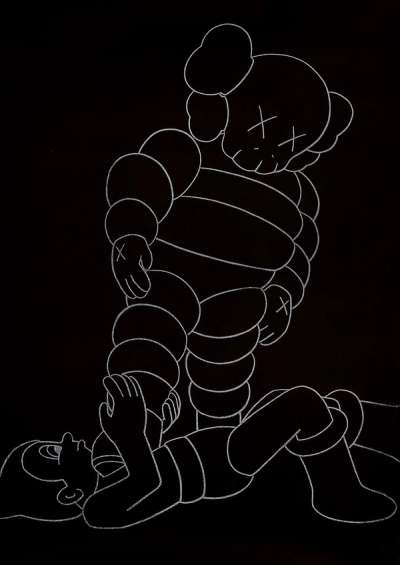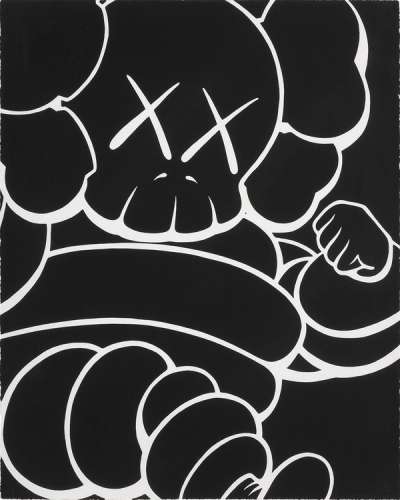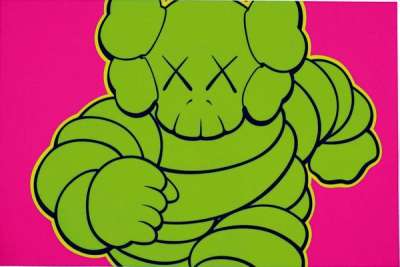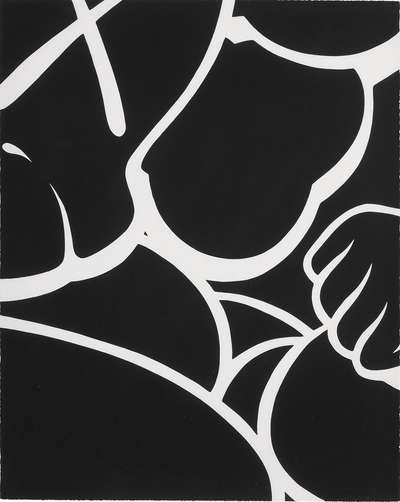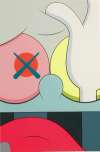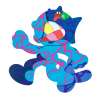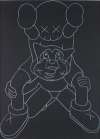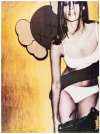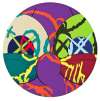Chum
KAWS’ Chum series depicts features one of his most famous muses in a series of monochrome prints. KAWS’ appropriated pop-culture characters— here, the Michelin Man— bear a subtle critique of commercialism: giving all his figures cross-eyes, KAWS resists their copyrighted status while cleverly rendering them as commercialism’s zombie army.
KAWS Chum For sale
Chum Market value
Auction Results
| Artwork | Auction Date | Auction House | Return to Seller | Hammer Price | Buyer Paid |
|---|---|---|---|---|---|
 Chum Vs Astroboy KAWS Signed Print | 16 May 2024 | Mallet Japan | £2,423 | £2,850 | £3,300 |
 Running Chum I KAWS Signed Print | 27 May 2023 | SBI Art Auction | £5,100 | £6,000 | £7,500 |
 Running Chum III KAWS Signed Print | 27 Jan 2023 | SBI Art Auction | £5,525 | £6,500 | £8,000 |
 Running Chum II KAWS Signed Print | 16 Dec 2019 | Sotheby's New York | £9,775 | £11,500 | £15,000 |
 Running Chum KAWS Signed Print | 8 Apr 2019 | Digard | £16,150 | £19,000 | £27,000 |
Sell Your Art
with Us
with Us
Join Our Network of Collectors. Buy, Sell and Track Demand
Meaning & Analysis
KAWS’ Chum series depicts one of his more famous muses, his character based on the Michelin Man, rendered here in a series of monochrome prints
Brian Donnelly – as KAWS is legally known – originally trained as an illustrator at New York’s School of Visual Arts before working as an animator for cult TV shows such as Daria and Doug. In the mid ’90s he began tagging buildings in Manhattan with the name ‘KAWS’, chosen due to the enticing way the letters looked together.
KAWS first made his name with a series of ‘interventions’ or ‘subvertisements’ in which he would remove advertisements from bus shelters and phone booths in the city and take them home to paint over them. In acrylic KAWS would add his now familiar characters such as the Companion – an homage to Mickey Mouse – all featuring his signature crossed out eyes, a universal symbol of death in cartoons, and now emojis.
Soon children and collectors alike knew the KAWS tag and his work was in high demand. In 1999 he collaborated with Japanese cult brand Bounty Hunter to make a limited-edition toy figurine of the Companion which sold out almost immediately. This success, however, did not keep KAWS away from the street. In 2000, KAWS made Untitled (Chum, Times Square), a subvertisement on the side of a phone booth in one of New York’s busiest sites. The work features the artist’s take on one of the most recognisable mascots of the 20th century, the Michelin Man, originally drawn by French cartoonist Marius Rossillon – popularly known as O'Galop – and now one of the world’s oldest trademarks.
With Untitled (Chum, Times Square), KAWS seemed to be making a comment on capitalism and copyright. By appropriating the beloved mascot and giving him his signature crossed out eyes, KAWS claims the Michelin Man for himself, for the street and for the art world, elevating a trademark into a figure of satire or resistance.
